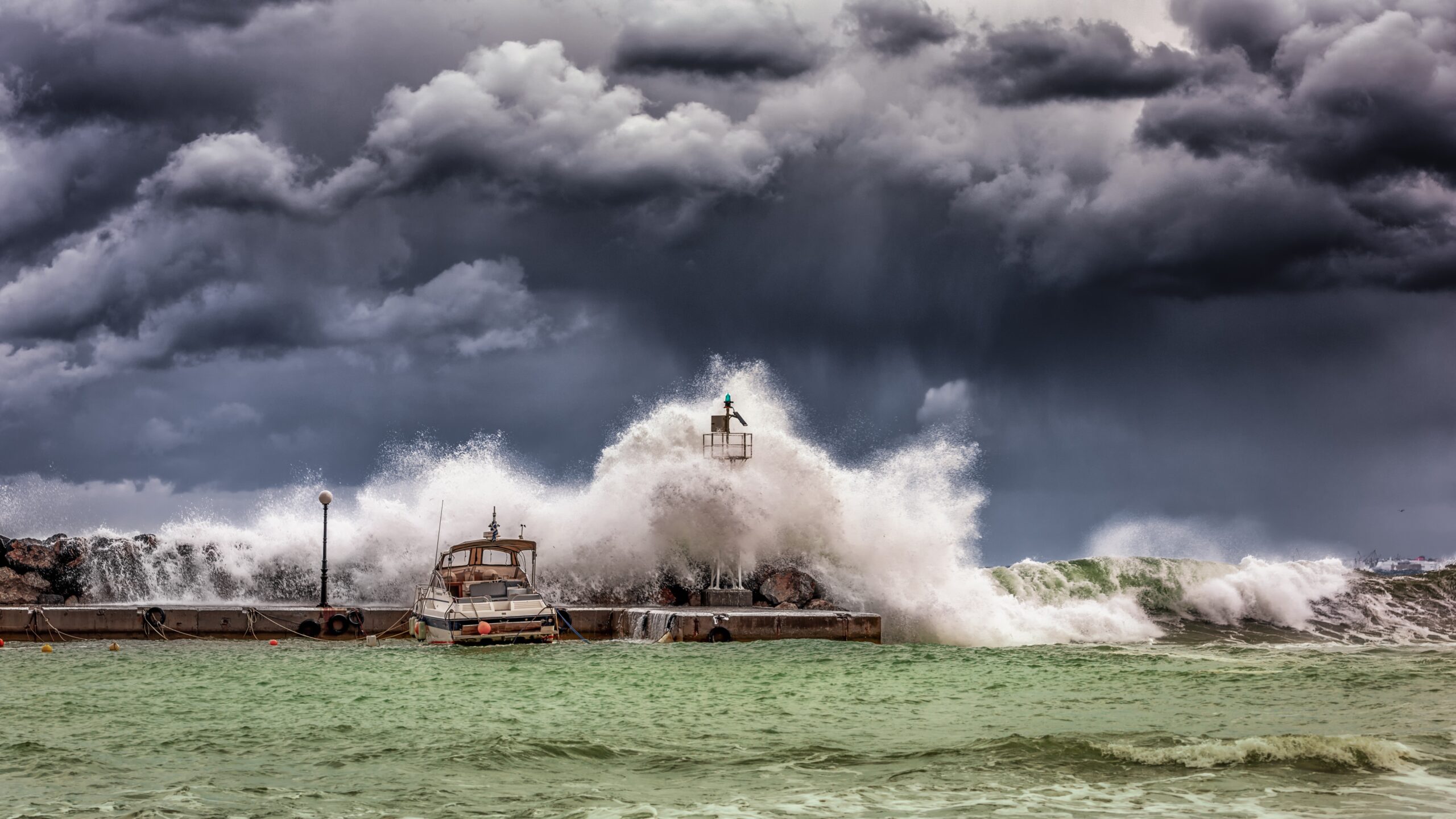Photo credit: Marku Spiske Source: Unsplash
Introduction
Survival is the state of continuing to live or exist, typically in spite of an accident, ordeal, or difficult circumstances. It can refer to both immediate survival in a life-threatening situation or long-term sustainability in various aspects of life. Many survival experts have identified core principles that are essential for surviving and thriving. This article will explore these five pillars of survival, which include Shelter, Water, Food, Fire, and Self-preservation. Each pillar plays a crucial role in ensuring one’s survival in various conditions.
1. Shelter
Definition and Importance
Shelter is the first and foremost pillar of survival. It provides protection against the elements, including wind, rain, snow, and extreme temperatures. Without proper shelter, exposure to harsh weather can lead to hypothermia or heatstroke.
Types of Shelter
- Natural Shelters: These include caves, overhanging cliffs, or dense forests.
- Man-made Shelters: Examples include tents, lean-tos, or even a well-built snow cave.
Building a Shelter
When building a shelter, consider the following key aspects:
- Location: Choose a spot that is away from hazards and has access to resources.
- Insulation: Your shelter must provide insulation to keep you warm in cold conditions.
- Ventilation: Ensure proper airflow to prevent condensation inside the shelter.
2. Water
Definition and Importance
Water is a critical resource for survival. The human body can only survive for about three days without it. Water is essential for hydration, cooking, and hygiene.
Finding and Purifying Water
- Finding Water: Look for streams, rivers, or collect rainwater.
- Purifying Water: Boiling, using water purification tablets, or employing a water filter are common methods of ensuring the water is safe to consume.
3. Food
Definition and Importance
Food provides the energy needed to carry out essential tasks, think clearly, and make wise survival decisions. Without food, the body’s energy reserves are quickly depleted.
Finding Food
- Hunting and Fishing: These traditional methods require skill and tools.
- Foraging: Identify edible plants, berries, nuts, and insects.
- Preservation: Learn methods like drying or smoking to preserve food.
Nutrition
Balance your diet by combining proteins, fats, and carbohydrates to maintain energy levels.
4. Fire
Definition and Importance
Fire serves multiple purposes in a survival situation, including cooking food, purifying water, providing warmth, signaling for help, and boosting morale.
Building and Maintaining a Fire
- Gathering Materials: Collect tinder, kindling, and fuel.
- Building a Fire: Use methods like the fire plow, bow drill, or a simple match or lighter.
- Safety: Always ensure the fire is controlled and properly extinguished.
5. Self-Preservation
Definition and Importance
Self-preservation encompasses both physical and mental well-being. It includes first-aid, navigation, and maintaining a positive mental attitude.
Physical Health
- First Aid: Know how to treat common injuries and illnesses.
- Physical Fitness: Maintaining strength and endurance can be vital.
Mental Resilience
- Stress Management: Utilize techniques to keep a calm and focused mindset.
- Decision Making: Make rational decisions based on the current situation and resources.
Conclusion
Survival requires a multifaceted approach, encompassing the five pillars: Shelter, Water, Food, Fire, and Self-preservation. Each of these pillars is interdependent, and a weakness in one can compromise the whole structure. By understanding and mastering these pillars, one can increase their chances of survival in various situations. The skills associated with these principles are not only applicable to extreme situations but can also enrich our everyday lives, promoting resilience, adaptability, and a deeper connection to the natural world.
Photo credit: Marku Spiske Source: Unsplash



